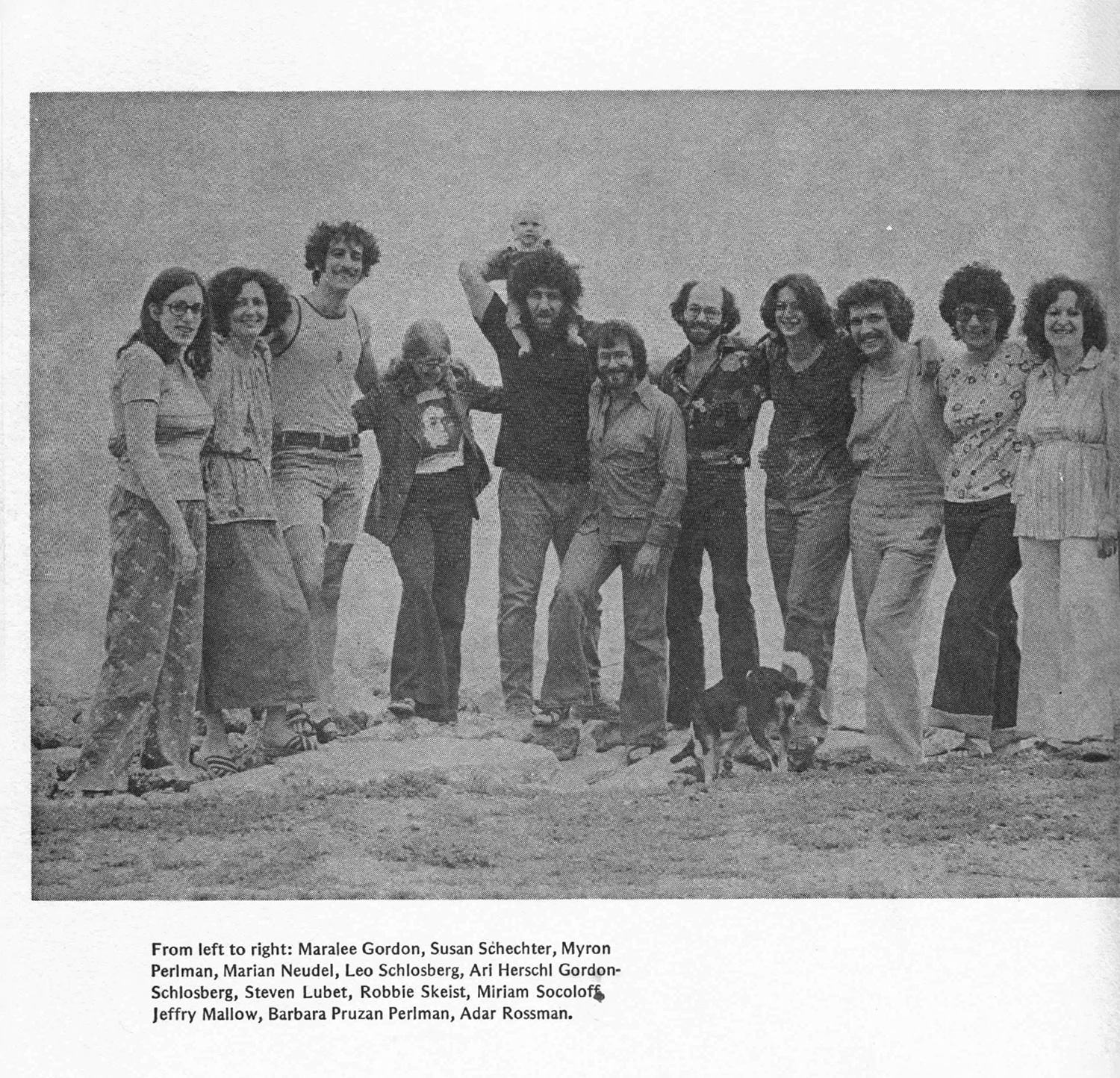Volume 1, Fall 2019
Bath Time
~Sara Burney interviews artist Sharif Waked
What Is Graylit?
~A letter from the editors
Home and Blood, Like Land and Water
~The art of Camille Hoffman
"Precarious Privilege"
~An interview with writer, scholar, and activist Efrat Yerday
The Photo Album
~Palestinian history in conversation between father and son: Jordan Nasser interviews Dr. Paul Nasser
Roses in Salted Soil
~Poetry by Marwa Helal, Golden, Tala Abu Rahmeh and Claire Schwartz, in solidarity with Dareen Tatour
Dispatches from Imprisoned Poets
~Two poems, by Zein El-Amine and Dareen Tatour
Encountering Chutzpah
~Isaac Brosilow reflects on the complex nature of radical political legacies
Natural Worker
~An artist interview with Leor Grady
Charting Power
~Amir Guberstein's Jewish expressionism at the intersection of Israel/Palestine
Rest in My Shade
~An art book with poetry by Nora Lester Murad and Danna Masad, alongside visuals by Palestinian artists
The Imperial Condition of Photography in Palestine
~Ariella Azoulay on archives, looting, and the figure of the infiltrator
Volume 1 Editorial Team: Amir Guberstein, Benjamin Kersten, Cory Tamler, Gabrielle Spear, Shachaf Polakow, Shalva Wise
Disclaimer: GrayLit hopes to amplify artwork, narratives, and analyses that deepen our decolonial perspectives. The voices featured in this volume play a range of roles in such conversations, and some may lie outside GrayLit’s political spectrum. We welcome feedback and dialogue, and commit to evolving from continual interrogation of this and all cultural platforms’ power.
This letter from the editors introduces the first volume of GrayLit, including some of the questions and aspirations driving the project as a whole.
In this interview, curator and writer Sarah Burney asks artist Sharif Waked about his work Bath Time, an enigmatic video of water washing off a donkey painted to look like a Zebra. They discuss Waked’s thought process around the video. An interview with Enaya the donkey follows.
Writer, scholar, and activist Efrat Yerday shares her perspective on the history and current position of Ethiopian Jews in Israel/Palestine, how Ethiopian activism has changed in recent years, and how Ethiopians and Palestinians face the interlocking systems of Zionism, white supremacy, and anti-semitism.
Camille Hoffman’s collaged landscapes made from materials found in dollar stores explore homeland, disposability, and diaspora.
Artist Jordan Nassar interviews his father about the experience of being in Gaza when the Oslo Accords were signed.
Poetry by Marwa Helal, Golden, Tala Abu Rahmeh and Claire Schwartz—in solidarity with Palestinian poet Dareen Tatour.
Through poetry and translation, Zein El-Amine honors two women—one imprisoned for her words and the other for her armed resistance.
Writer Isaac Brosilow reflects on the complex nature of radical political legacies and what it takes to write history honestly.
Leor Grady is an Israeli artist who explores daily objects and experiences to create conceptual, sculptural, textile, and video works that are at once poetic and subversive. This interview explores how Grady’s art contests the Ashkenazi hegemony that has shaped and controlled the institutional fields of art and culture in Israel and, indeed, most of the Jewish world.
Artist Amir Guberstein understands mapmaking as a powerful political tool. He collects data like a cartographer, gathering information about bodies of water and land masses, as well as communities and their borders. Zach Fischman contextualizes these selections of Guberstein’s work.
Rest in My Shade: a poem about roots was written by Nora Lester Murad and Danna Masad, with artwork from 18 Palestinian artists. We briefly introduce this unique art book for adults, children, living rooms, and libraries, meant to inspire and activate.
In front of many cameras and representatives of the international community that surround him, unexpectedly, and outside of any protocol that was prepared for this occasion, an elderly Palestinian man dares to stop, to withdraw his consent to leave his home and ceases to move. This old man is author, curator, filmmaker, and theorist Ariella Azoulay’s companion in exploring the archives and attempting to understand its implication in the invention of the figure of “infiltrator.”













